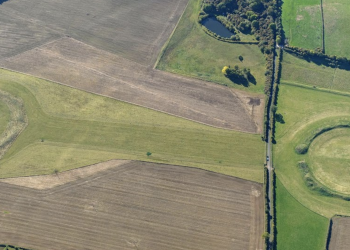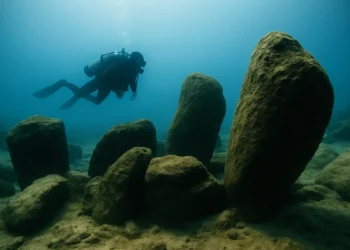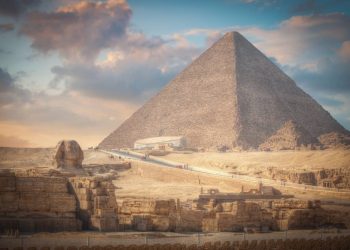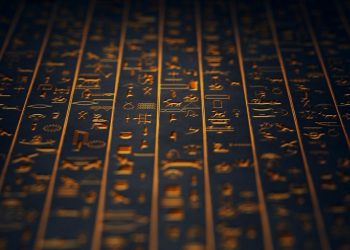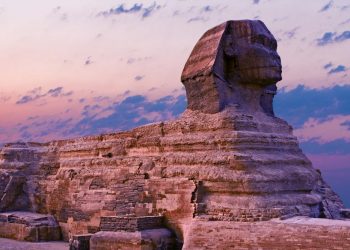Uncovering Hidden Gems in Europe’s Historical Powerhouse, the Holy Roman Empire, or Sacrum Imperium Romanum
The Holy Roman Empire, a political entity that dominated Central Europe from the Middle Ages to the early modern period, has left an indelible mark on history. While many are familiar with its most famous leaders and battles, there are countless lesser-known facts that highlight its complexity and intrigue. In this article, we uncover ten lesser-known facts about the Holy Roman Empire that will surprise and captivate history enthusiasts.
The Holy Roman Empire Was Neither Holy, Nor Roman, Nor An Empire
One of the most fascinating aspects of the Holy Roman Empire (Sacrum Imperium Romanum) is the paradox within its name. French philosopher Voltaire famously quipped, “This agglomeration which was called and which still calls itself the Holy Roman Empire was neither holy, nor Roman, nor an empire.” The entity was mainly a loose confederation of German-speaking territories, and its leaders were not always devoutly religious. Moreover, its connection to Rome was tenuous at best.
The Holy Roman Empire’s Influence Extended Beyond Europe
While the Holy Roman Empire is commonly associated with Central Europe, its influence reached as far as North America. In the late 17th and early 18th centuries, German-speaking settlers from the Holy Roman Empire established communities in Pennsylvania and other colonies. These immigrants significantly influenced American culture, language, and architecture.
The Holy Roman Emperor Was Elected, Not Inherited
Unlike many monarchies, the title of Holy Roman Emperor was not strictly hereditary. Instead, a group of powerful nobles, known as the Prince-electors, chose the ruler. This electoral process occasionally led to political intrigue as rival factions vied for influence and power.
The Holy Roman Empire (Sacrum Imperium Romanum) Had No Capital City
Contrary to popular belief, the “empire” did not have a designated capital city as per strict definition. The emperor’s court was itinerant, moving from one city to another as needed. Key cities such as Aachen, Frankfurt, Nuremberg, and Vienna frequently hosted the imperial court, contributing to their historical and cultural significance.
The Holy Roman Empire was a Complex Political Entity
The Sacrum Imperium Romanum was not a centralized state like many modern nations. Instead, it was a patchwork of territories, each governed by various rulers with varying degrees of autonomy. These territories included kingdoms, duchies, principalities, free imperial cities, and ecclesiastical states, making the empire’s political landscape remarkably complex.
The Empire’s Currency: The Thaler
The primary currency was the thaler, a silver coin that originated in the 16th century. The thaler’s popularity and widespread use across European countries ultimately led to the creation of the United States dollar, which borrowed its name and design from the German coin.
The Last Emperor Was Also the First Emperor of Austria
The Sacrum Imperium Romanum officially dissolved in 1806, when Emperor Francis II abdicated his title under pressure from Napoleon Bonaparte. However, Francis II maintained his authority over the Austrian territories by proclaiming himself Emperor Francis I of Austria, creating a new, separate empire that succeeded the previous one. It was called the Austrian Empire.
The Legal System Was Surprisingly Advanced
The empire’s legal system, known as the Imperial Chamber Court, was established in 1495 and played a crucial role in maintaining order among the diverse territories. It provided a venue for resolving disputes between various rulers and regions, preventing conflicts from escalating into full-blown wars.
The Holy Roman Empire’s Decline and the Rise of Prussia
As the “empire” weakened in the 18th century, the Kingdom of Prussia emerged as a dominant power within the empire’s borders. Prussia’s growing military strength and political influence eventually led to the formation of the German Empire in 1871, which replaced the Holy Roman Empire as the preeminent German-speaking political entity in Central Europe.
Its Legacy in Modern Europe
Though it ceased to exist in 1806, its cultural and political legacy persists in modern Europe. Many of the empire’s former territories now form part of Germany, Austria, Switzerland, Belgium, the Netherlands, and other European nations. The empire’s complex political structure and history of diplomacy have influenced the development of the European Union, which seeks to unite diverse countries under a shared political framework.
Conclusion
The Sacrum Imperium Romanum, with its rich history and diverse territories, offers a wealth of lesser-known facts that intrigue and surprise even seasoned history buffs. From its paradoxical name to its legacy in modern Europe, this complex political entity continues to capture the imagination and inspire curiosity. As you delve into the fascinating world of the Holy Roman Empire, you will discover an intricate web of power, diplomacy, and cultural exchange that has shaped the course of European history.
PLEASE READ: Have something to add? Visit Curiosmos on Facebook. Join the discussion in our mobile Telegram group. Also, follow us on Google News. Interesting in history, mysteries, and more? Visit Ancient Library’s Telegram group and become part of an exclusive group.






